Burger King, one of the world’s most iconic fast-food chains, boasts a rich and colorful history brimming with fun facts and quirky stories. From its modest beginnings to evolving into a global powerhouse, this legendary brand has come a long way. Dive into 15 captivating tales that reveal secrets, surprises, and inventive moments behind the flame-grilled magic. Whether you’re a dedicated fan or a curious food lover, these stories show why Burger King remains a beloved name in fast food, always serving up flavor and a slice of history with every bite. Savor the journey through Burger King’s extraordinary past.
1. Insta-Burger King Origins
In 1953, Burger King was born as Insta-Burger King in Jacksonville, Florida. The chain focused on a novel cooking method using Insta-Broilers, which quickly placed them on the fast-food map. However, by 1954, financial difficulties led to a rebranding as Burger King.
This change marked the start of a new era, allowing the franchise to expand beyond Florida. The transition from Insta-Burger King to Burger King illustrates a significant transformation in its early history. Despite early challenges, the rebranding set the foundation for what would become a global fast-food giant.
2. The Whopper’s Introduction
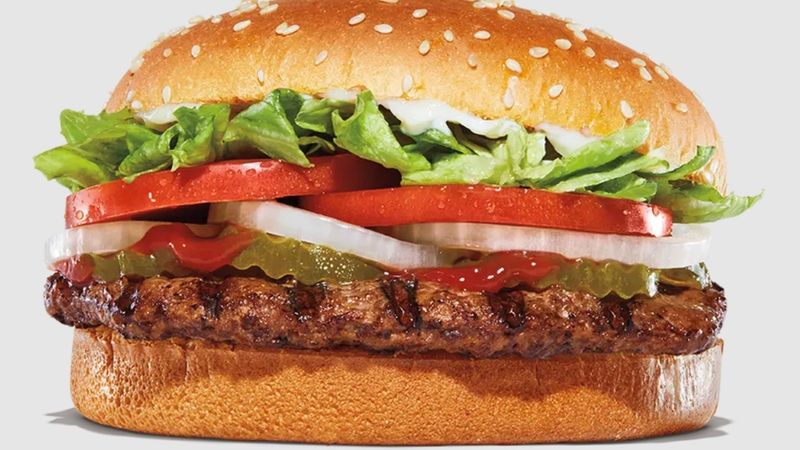
Launched in 1957, the Whopper quickly became Burger King’s signature item. The idea was simple: create a burger that could satisfy larger appetites. With its impressive size and delicious toppings, the Whopper set a new standard in the fast-food industry. The introduction of the Whopper not only elevated Burger King’s menu but also established a signature offering that continues to draw customers. Known for its flame-grilled flavor and customizable options, the Whopper remains a favorite choice for many burger enthusiasts even today.
3. Flame-Grilling Pioneering
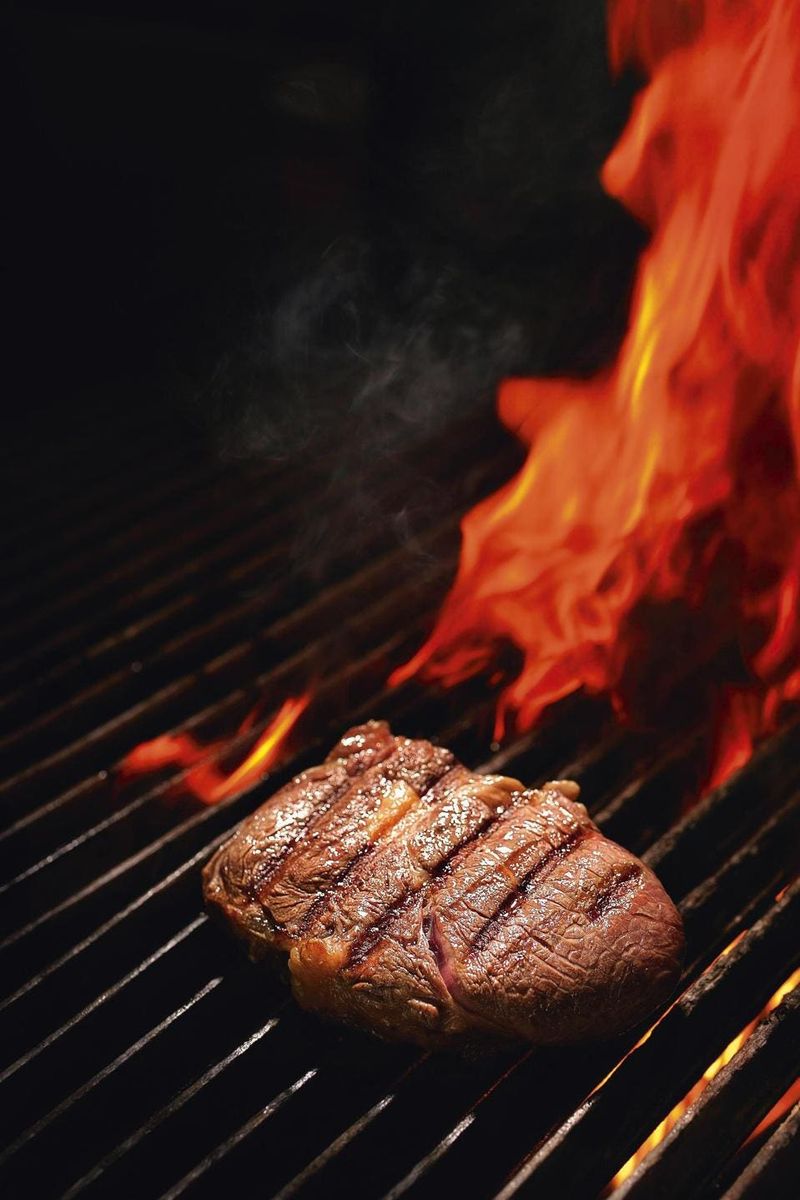
Burger King’s flame-grilling technique has become a hallmark of its brand. Originally introduced as a way to distinguish its burgers from competitors, this method imparts a unique smoky flavor beloved by many. While often referred to as flame-grilling, the process is technically flame-broiling, utilizing a broiler to achieve the distinct taste. This cooking method remains central to Burger King’s identity, ensuring each burger delivers the classic, savory experience customers expect. The innovation in cooking has played a crucial role in defining the brand’s culinary appeal.
4. “Have it Your Way” Campaign
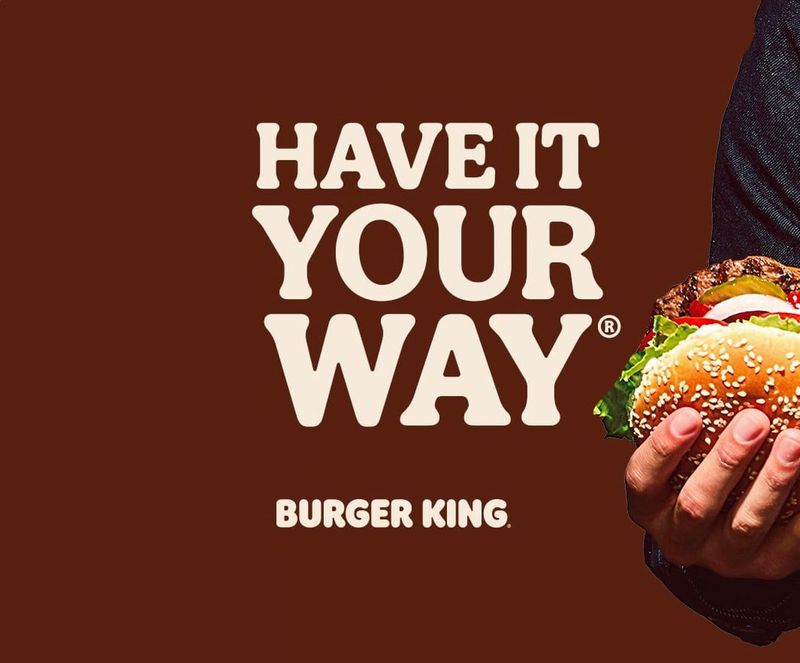
Launched in the 1970s, the “Have it Your Way” campaign revolutionized customer experience in fast food. By empowering customers to customize their burgers exactly as they desired, Burger King set itself apart from competitors. This approach emphasized customer satisfaction and individuality, aligning perfectly with the brand’s commitment to quality and choice. The campaign became a defining moment in fast-food advertising, highlighting Burger King’s innovative approach to customer service. It left a lasting impact, encouraging other brands to embrace personalization in their offerings.
5. Banned in Illinois City

An interesting chapter in Burger King’s history involves a ban in Mattoon, Illinois. A local restaurant already using the name “Burger King” won a legal battle, preventing the fast-food chain from opening within a 20-mile radius. This unique case underscores the complexities of trademark law and its impact on business operations. Despite this limitation, Burger King’s ability to adapt and thrive in other markets demonstrates its resilience. The ban remains a curious footnote in the brand’s expansive history, illustrating the occasional challenges faced by global corporations.
6. Hungry Jack’s in Australia
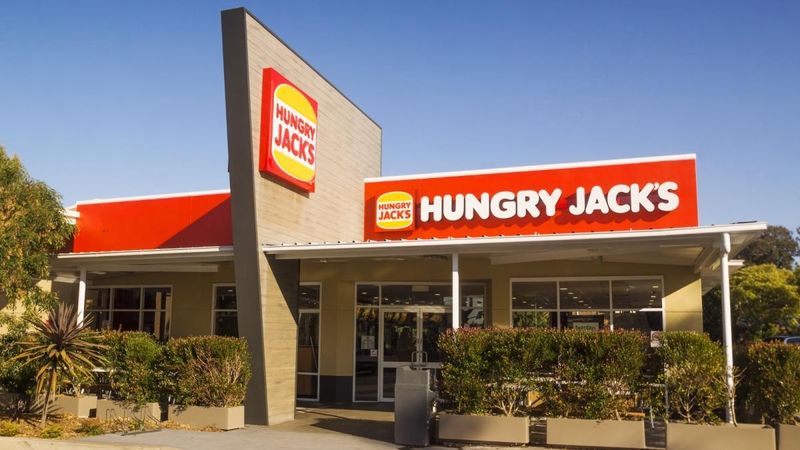
In Australia, Burger King is known as Hungry Jack’s, a name born from trademark issues. When entering the Australian market, the original name was unavailable, prompting this creative alternative. Despite the different branding, Hungry Jack’s maintains the same quality and menu items as its global counterpart.
This adaptation showcases Burger King’s flexibility in navigating international markets and adhering to local regulations. The success of Hungry Jack’s highlights the brand’s ability to resonate with diverse audiences while maintaining its core identity.
7. Unique International Menus
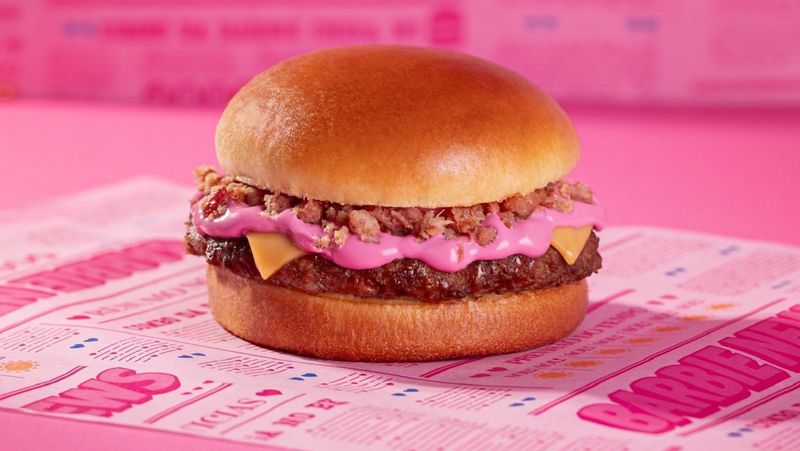
Burger King’s international presence is marked by unique menu offerings tailored to local tastes. In Japan, the Teriyaki Whopper reflects these cultural adaptations, combining traditional flavors with the classic burger structure. This strategy allows the brand to appeal to diverse palates while retaining its signature appeal. Offering region-specific items has helped Burger King cultivate a loyal customer base worldwide. The ability to innovate while respecting local culinary traditions exemplifies the brand’s global approach to satisfying its varied clientele.
8. Moldy Whopper Ad Campaign
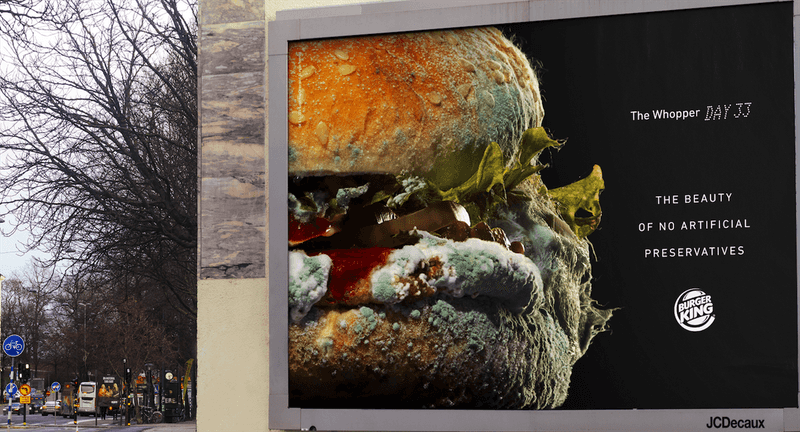
In a bold move, Burger King aired an ad showcasing a moldy Whopper to emphasize its commitment to removing artificial preservatives. The campaign aimed to highlight the brand’s focus on fresh ingredients and transparency in food production.
This unconventional approach garnered significant attention, sparking discussions about food quality and industry standards. The moldy Whopper ad stands as a testament to Burger King’s willingness to challenge norms and prioritize consumer health. It reflects a broader trend towards more natural and honest advertising strategies in the fast-food sector.
9. Burger King VIP Card
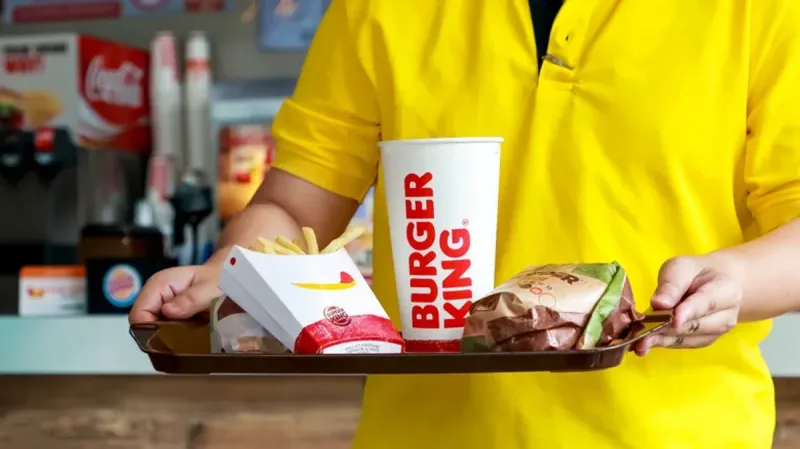
A perk granted to select celebrities and loyal customers, Burger King’s elusive VIP Card offers holders unlimited free food. This exclusive card represents the brand’s appreciation for its most dedicated patrons, providing a unique form of recognition.
While not widely available, the VIP Card generates intrigue and adds an air of exclusivity to the Burger King experience. It symbolizes the brand’s connection with its fan base, rewarding those who continue to support and promote its offerings. The VIP Card remains a coveted item among enthusiasts.
10. Sneak King Video Game

In 2006, Burger King ventured into the video game industry with the release of Sneak King. This game was offered as a promotional item with meal purchases, featuring the Burger King mascot delivering food in stealthy and humorous ways. Sneak King was part of a trio of games and gained popularity for its unique concept and engaging gameplay.
It became a cult favorite among gamers, highlighting Burger King’s ability to tap into different entertainment mediums. The success of Sneak King demonstrated the brand’s innovative spirit and its commitment to exploring unconventional marketing strategies.
11. The Curious Case of the Left-Handed Whopper
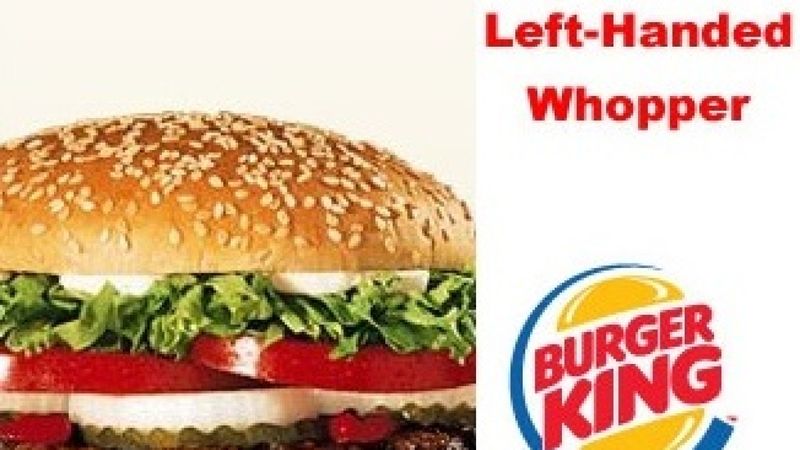
In 1998, Burger King launched a playful April Fool’s campaign, introducing the “Left-Handed Whopper” in a national newspaper ad. It claimed the burger was specially designed for left-handed customers, with ingredients rotated for convenience.
This humorous stunt garnered widespread attention, drawing both curiosity and amusement from the public. It served as a clever example of how brands can use humor to engage audiences. While there was no actual Left-Handed Whopper, the campaign remains a classic example of creative marketing, illustrating the brand’s ability to connect with consumers through wit and innovation.
12. Embracing Digital Innovation
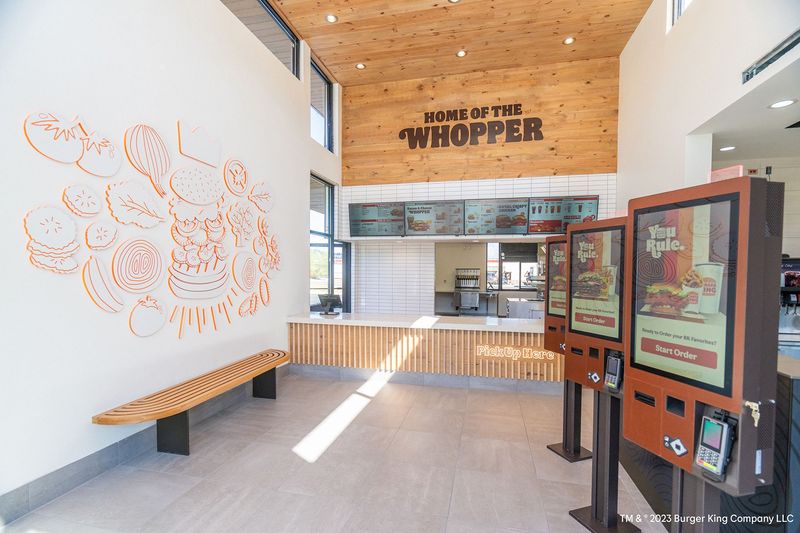
Burger King has been a leader in digital innovation, enhancing the ordering experience through technology. By introducing mobile apps and digital kiosks, the brand has streamlined the customer journey, offering convenience and efficiency. These advancements align with the growing trend of tech-driven dining experiences, catering to a digitally-savvy audience. Embracing technology has allowed Burger King to stay relevant in a competitive market, providing consumers with modern solutions that enhance their interaction with the brand. The focus on digital innovation showcases Burger King’s commitment to evolving alongside its customers.
13. Collaborations with Pop Culture Icons

Burger King’s collaborations with pop culture icons extend far beyond celebrity partnerships. The fast-food giant regularly teams up with blockbuster TV shows and movies—think the spooky charm of the Addams Family, the nostalgic thrill of Stranger Things, and the superhero allure of Spiderman. These high-profile partnerships often result in exclusive, limited-time menu items and creative promotions that generate massive buzz and captivate audiences. By merging the worlds of entertainment and fast food, Burger King keeps its image fresh and exciting, ensuring the brand stays relevant and continues to connect with fans across diverse demographics.
14. Mandatory Employee Catchphrases
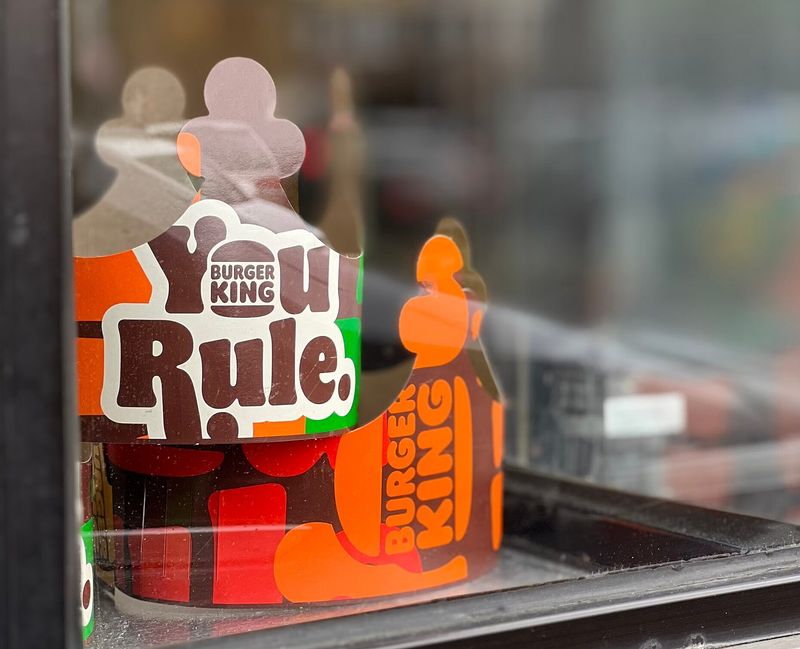
To enhance customer interactions, Burger King employees are encouraged to use friendly catchphrases. This approach aims to create a welcoming atmosphere, making dining experiences more enjoyable. Mandatory phrases help standardize service quality, ensuring guests receive consistent attention and care. While some may find the scripted interactions less authentic, they contribute to the overall brand experience by reinforcing Burger King’s commitment to customer satisfaction. The use of catchphrases reflects the chain’s dedication to maintaining positive and memorable interactions with its patrons.
15. Banning of 120 Ingredients
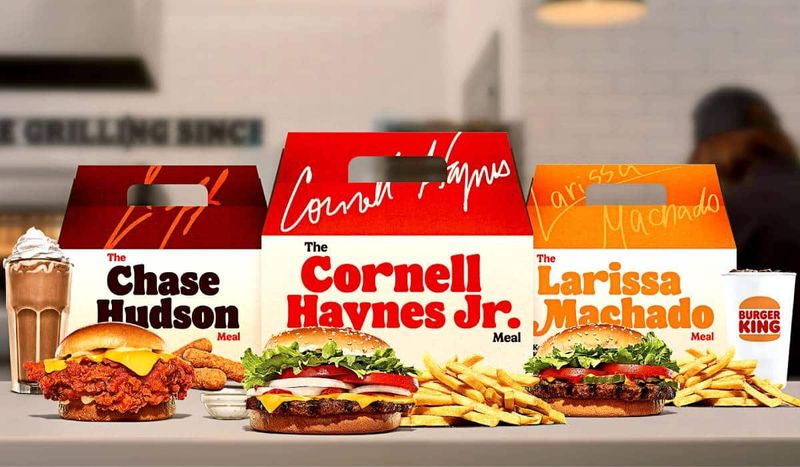
To improve food quality, Burger King has taken significant steps by banning 120 artificial ingredients from its menu. This bold move reflects the brand’s commitment to transparency and consumer health. By eliminating these ingredients, Burger King aims to provide cleaner, more natural food options to its customers. The initiative aligns with increasing consumer demand for healthier choices in fast food. The decision to ban these ingredients underscores Burger King’s effort to lead by example in promoting better nutritional standards across the industry. It is a testament to their focus on quality and integrity.
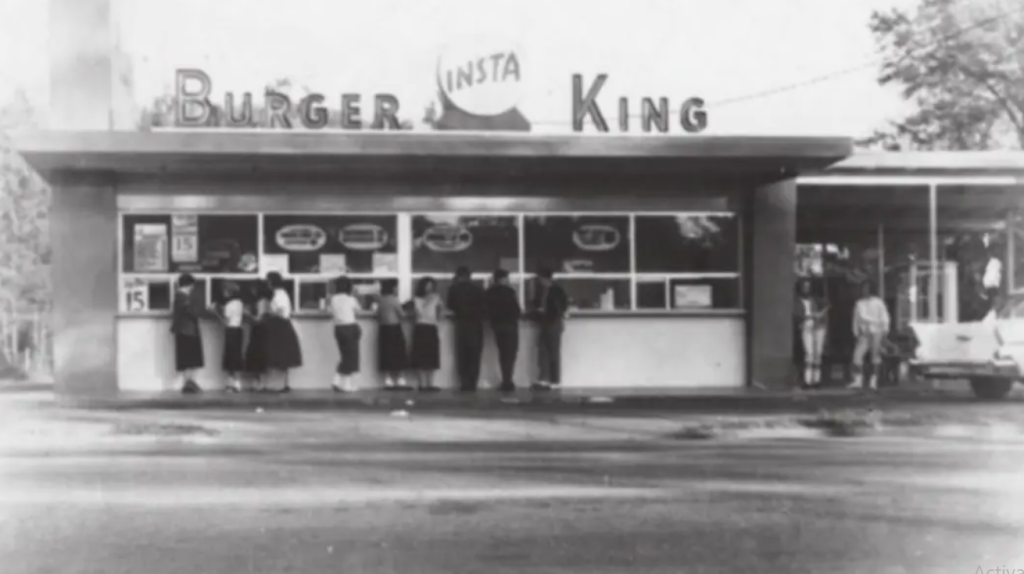
Leave a comment